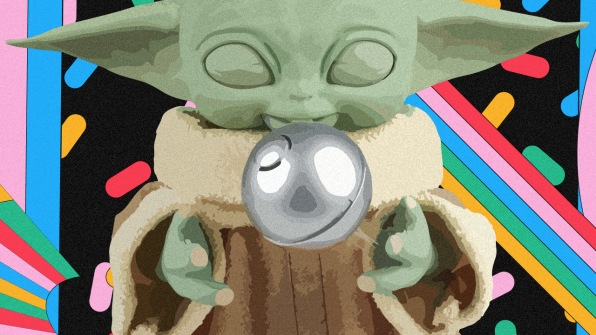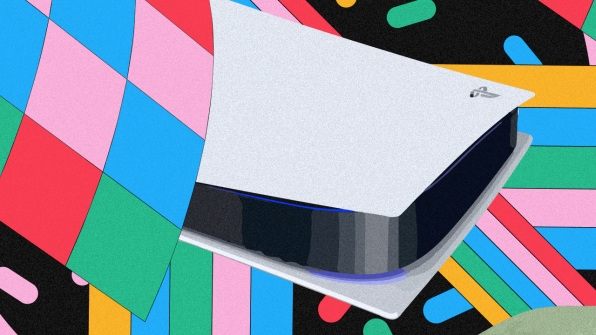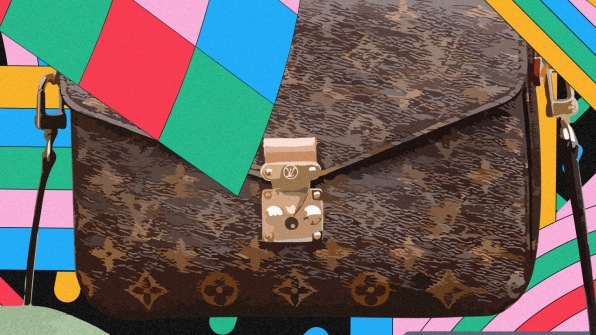‘A lot less inventory and a lot less choice’: The harsh reality of holiday shopping this year
I’m sorry to be the bearer of bad news, but it may already be too late to buy holiday presents for your friends and family.
As you may have heard, the global supply chain is broken: Some Asian factories are shuttered because of COVID-19, container ships are stuck at U.S. ports, and inventory isn’t leaving warehouses because there’s a national truck driver shortage. “It’s a mess,” says Craig Philip, director of the center for transportation and operational resiliency at Vanderbilt University. “In the short run, some companies won’t have [much] to sell for the Christmas holidays.”
What does that mean for you? Supply chain experts say that end-of-year shopping will look quite different than in years past because brands and retailers may not get their holiday merchandise by December. That doesn’t mean store shelves across the country will be empty; it’s just that you may not be able to find the exact products you’re looking for. “There’s going to be a lot less inventory and a lot less choice for the consumer,” says Edward Hertzman, founder of Sourcing Journal.
Here are the products that experts believe will be in short supply this year, along with some ideas on what to gift instead.

The toy of the year
Historically, toy brands and retailers have bet that a particular toy will be exceptionally popular each Christmas. Think of Game Boys in 1989 or Tickle Me Elmo in 1996. (Last year, no joke, brands were hyping pooping flamingos and dogs.) Companies manufacture and order large quantities of this particular toy, then market it heavily so that kids across the country beg Santa for it. This year, popular toys will include products tied to recent shows like Raya and the Last Dragon and The Mandalorian, but retailers may not get as much inventory as they’d planned or their shipments might be delayed.
“People won’t be able to get the hot toy that everybody wants,” Philip says. “There is likely to be panic buying too, which will eat into whatever supply is available in stores.” He believes some retailers will get creative and promote toys they already happen to have in stock.

Covid-19 tests
Given that we’re still in the midst of a pandemic, at-home COVID-19 tests will be useful as we plan holiday gatherings. But many rapid tests are manufactured overseas, so they’re caught up in the same supply chain holdups, resulting in shortages around the country. On top of that, the Food and Drug Administration has approved a smaller number of rapid tests than other countries, which limits the number of tests available even without supply chain issues.
Major test manufacturers like Abbott and Quidel are building facilities in the U.S. to boost production, and the White House has promised to double the rapid tests available over the next two months, but it may still be hard to get a test in time for the holiday season, particularly as demand surges.

New electronics
For more than a year, there’s been a global shortage in computer chips that go into millions of products, from smartphones to cars. And the current supply chain holdups are just exacerbating the delays. Consumer electronic brands tend to roll out new models at regular intervals, making old models seems dated or obsolete: This year, for instance, Apple released the iPhone 13 and Google dropped the Pixel 6. But Anyone who was planning to buy a new device this holiday could struggle. It’s almost impossible to get a PS5, and Apple has already warned that iPhone sales could be affected by the shortages.
“Products that were marketed as 2021 models may not show up till 2022,” says Jonathan Kletzel, a supply chain expert at PwC. “There may be an excess of inventory after the holidays.” In other words, it might be worth waiting till the new year to buy some of these products.

The “it” bag
When it comes to fashion, this isn’t the year to be picky. If you wanted to buy one of the “it” bags of 2021—like Prada’s Cleo Bag, for instance—it could be very hard to get your hands on one. It has been hard to buy Louis Vuitton bags for months, and this is likely to persist into the holidays.
According to Hertzman, this will be true across the fashion industry. A lot of products that tend to be gifted, from cashmere sweaters to winter coats, are stuck on container ships. There will be inventory available, but you might not be able to get the style, or color, or brand you wanted.
So what should you do?
Even with all the potential shortages, you don’t need to panic. There are ways to work around these constraints. If you can, shop early, says Jon Gold, supply chain expert at the National Retail Federation. He also says that there are some benefits to shopping in store, where you can see what’s available and buy it immediately, as opposed to buying online, where there may be shipping delays getting products from the warehouse to your home. That said, he stresses that we’re still in the midst of a public health crisis, so it’s worth being cautious.
“Shop early, but shop safe,” he says. “And be aware of the mask mandates in your area.”
This might also be the year to consider buying secondhand goods as gifts, particularly clothes and handbags. Rebag, for instance, has a stock of lightly used Prada and Louis Vuitton bags that aren’t currently available from these brands. And finally, it might be time to get over the taboo of giving a gift card. If you can’t get friends or family what they want right away, let them buy the product themselves in the new year, when stock comes in. And this ensures they’ll buy things they really want, reducing the chance of environmentally terrible returns.
Hertzman concludes: “I think it’s going to be the year of the gift card.”
(75)



